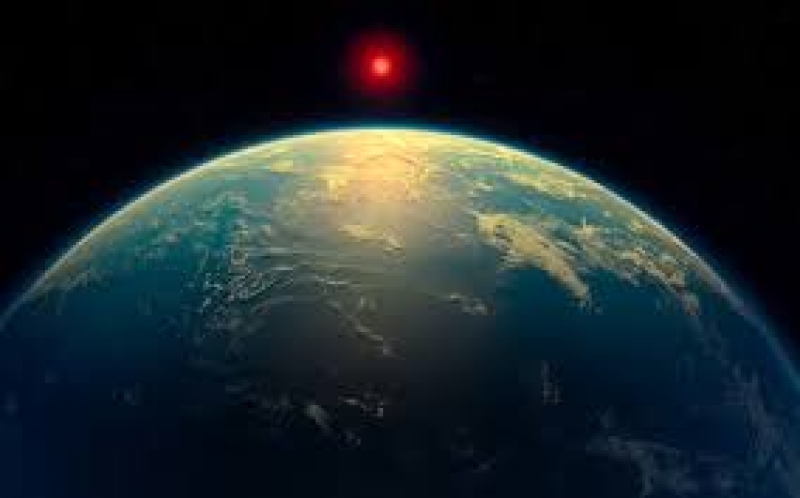- Hadi is no more, state mourning on Saturday: CA |
- Bangladesh capital market falls; weekly turnover lowest |
- Sharif Osman Hadi No More |
- Tarique Rahman to Return Home With Daughter on Dec 25 |
- ILO praises Bangladesh’s labour reforms, new milestones |
Scientists Detect Potential Life Signals on Exoplanet

Astronomers have discovered intriguing chemical signatures in the atmosphere of a distant exoplanet that could hint at the presence of life—though they emphasize that more research is needed to confirm the findings.
Led by researchers at the University of Cambridge, the study detected compounds on the planet K2-18b—located 124 light-years away—that on Earth are associated exclusively with biological activity. According to the team, it’s the strongest potential signal of life outside our solar system observed so far.
"This is the most compelling evidence yet of possible biological activity beyond Earth," said Cambridge astrophysicist Nikku Madhusudhan during a livestream on Thursday.
Using data from NASA’s James Webb Space Telescope, the scientists identified signs of dimethyl sulfide (DMS) and dimethyl disulfide (DMDS) in the planet’s atmosphere. On Earth, both are primarily produced by marine microorganisms like phytoplankton.
K2-18b, more than twice the size of Earth and over eight times more massive, resides in the so-called “habitable zone” of its star—where conditions could allow for liquid water and potentially life.
The study, published in Astrophysical Journal Letters, has sparked interest across the scientific community. Still, independent experts caution that the findings, while exciting, are not definitive.
“This is really interesting stuff,” said David Clements, an astrophysicist at Imperial College London. “But it’s far from a clear detection. Planetary atmospheres are complex, especially at such vast distances.”
Madhusudhan acknowledged that alternative explanations, including non-biological processes, could account for the presence of the compounds and stressed the need for further investigation.
Since its launch in 2021, the James Webb Space Telescope—the most powerful space observatory ever built—has been instrumental in expanding our understanding of distant worlds. To date, scientists have confirmed more than 5,500 exoplanets, with thousands more still under investigation.
As the search continues, discoveries like these bring us one step closer to answering one of humanity’s oldest questions: Are we alone in the universe?

